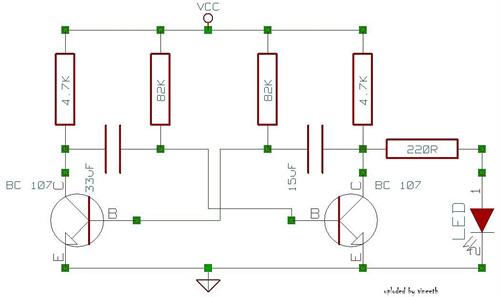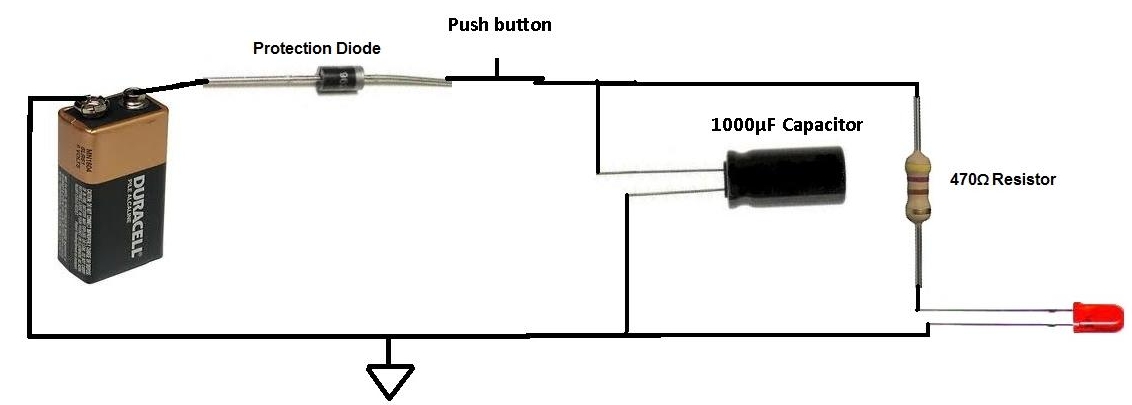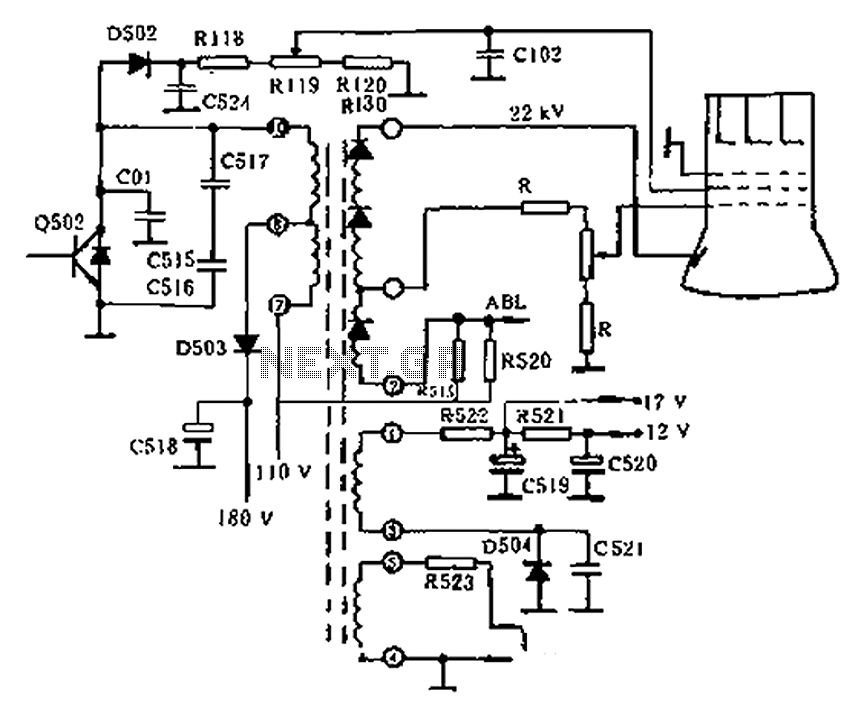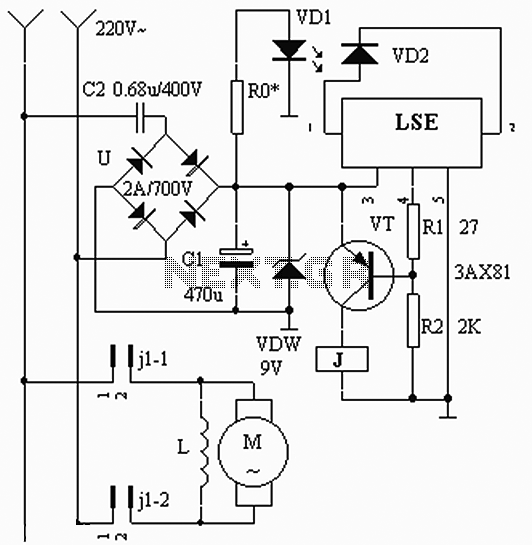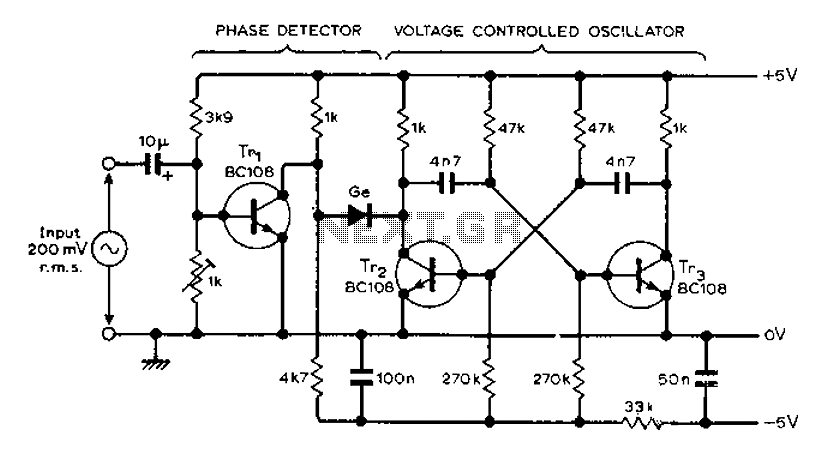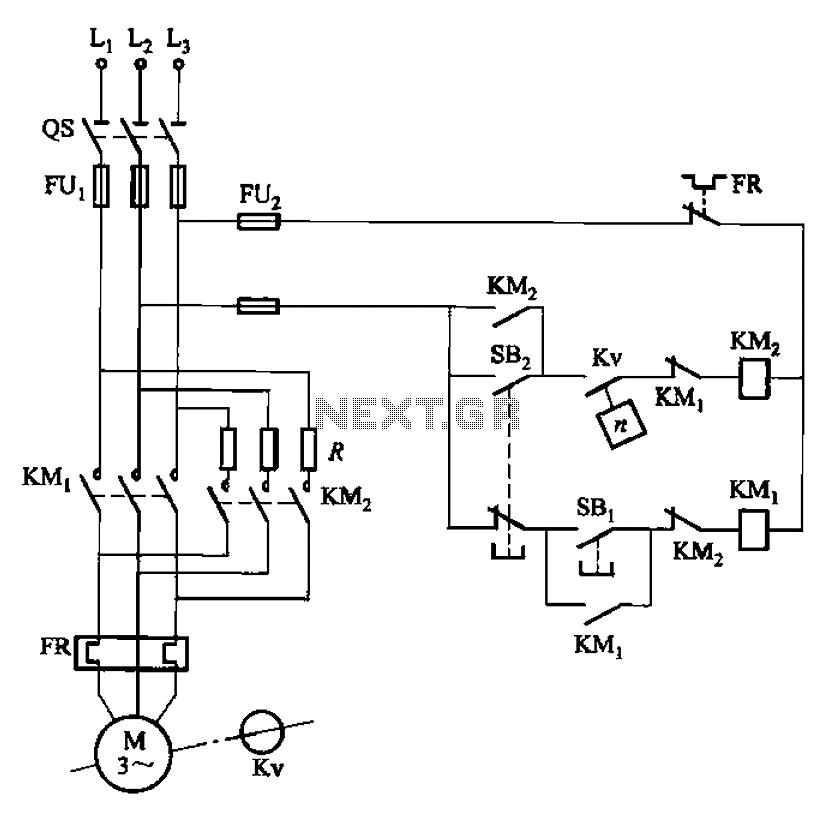
Battery Charge Nominal Discharge Indicator Circuit
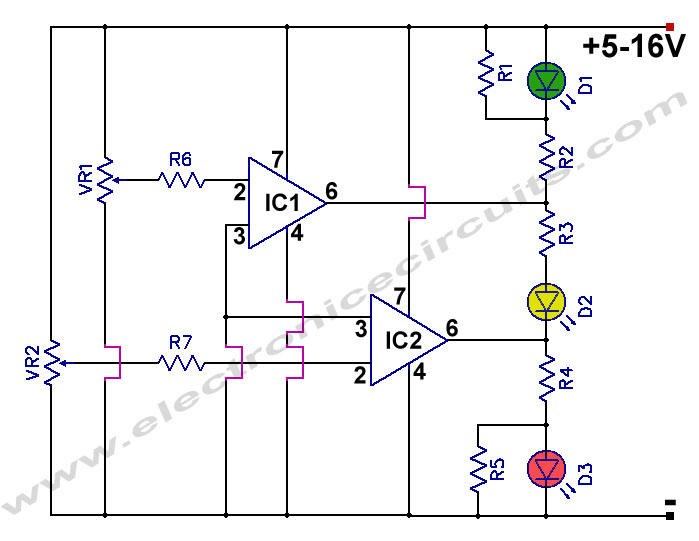
12V Battery Charge Nominal Discharge (Low) Indicator Circuit. This circuit monitors car battery voltage and provides an indication of nominal levels.
The 12V Battery Charge Nominal Discharge Indicator Circuit is designed to monitor the voltage levels of a car battery and provide a visual indication when the battery voltage drops to a nominal discharge level. This circuit typically employs a voltage divider connected to the battery terminals, which scales down the battery voltage to a level suitable for processing by a microcontroller or an operational amplifier.
The circuit may include an LED indicator that lights up when the battery voltage falls below a predetermined threshold, signaling that the battery is nearing a low charge state. The threshold can be set using a potentiometer in conjunction with the voltage divider, allowing for adjustable sensitivity based on the specific requirements of the application.
Additionally, the use of a comparator can enhance the circuit's functionality, where the output of the comparator drives the LED. The reference voltage for the comparator can be derived from a stable voltage reference or another voltage divider, ensuring that the indicator operates reliably across different battery conditions.
To protect the circuit from over-voltage conditions, a zener diode may be included in parallel with the input to clamp the voltage at a safe level for the components used. Capacitors may also be added to filter out any noise from the battery voltage, ensuring stable operation of the monitoring circuit.
Overall, this circuit serves as a vital tool for automotive applications, providing users with an early warning system to prevent battery depletion and ensuring that the vehicle remains operational.12V Battery Charge Nominal Discharge (Low) Indicator Circuit This circuit monitors car battery voltage. It provides an indication of nominal.. 🔗 External reference
The 12V Battery Charge Nominal Discharge Indicator Circuit is designed to monitor the voltage levels of a car battery and provide a visual indication when the battery voltage drops to a nominal discharge level. This circuit typically employs a voltage divider connected to the battery terminals, which scales down the battery voltage to a level suitable for processing by a microcontroller or an operational amplifier.
The circuit may include an LED indicator that lights up when the battery voltage falls below a predetermined threshold, signaling that the battery is nearing a low charge state. The threshold can be set using a potentiometer in conjunction with the voltage divider, allowing for adjustable sensitivity based on the specific requirements of the application.
Additionally, the use of a comparator can enhance the circuit's functionality, where the output of the comparator drives the LED. The reference voltage for the comparator can be derived from a stable voltage reference or another voltage divider, ensuring that the indicator operates reliably across different battery conditions.
To protect the circuit from over-voltage conditions, a zener diode may be included in parallel with the input to clamp the voltage at a safe level for the components used. Capacitors may also be added to filter out any noise from the battery voltage, ensuring stable operation of the monitoring circuit.
Overall, this circuit serves as a vital tool for automotive applications, providing users with an early warning system to prevent battery depletion and ensuring that the vehicle remains operational.12V Battery Charge Nominal Discharge (Low) Indicator Circuit This circuit monitors car battery voltage. It provides an indication of nominal.. 🔗 External reference
